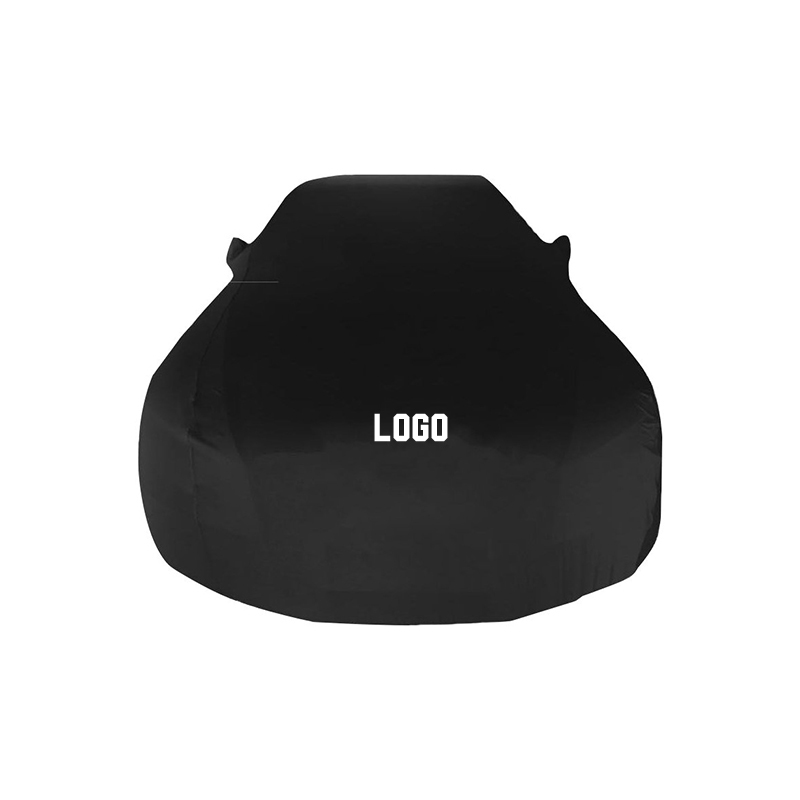Preparing the car before outdoor winter storage
Start with a thorough clean and address mechanical basics. Wash and wax the exterior to protect paint from road salts and freeze/thaw cycles. Vacuum and remove trash or food that might attract rodents. Fix any active leaks (oil, coolant, brake fluid) before leaving the car—small leaks get worse in cold weather.
Fuel, fluids, and engine care
Treat the fuel and fluids to reduce winter damage risk:
- Fuel: Fill the tank to about 90–95% (not absolutely full to allow expansion). Add a fuel stabilizer if the car will sit idle longer than 30 days—follow the product dosage instructions.
- Coolant/antifreeze: Ensure the coolant is the correct concentration for your climate (commonly 50/50 ethylene or propylene glycol/water). Top off and pressure-test the system if you suspect air pockets or low levels.
- Oil: If you're close to a scheduled oil change, do it before storage. Fresh oil protects bearings better than oil that has accumulated contaminants.
- Washer fluid: Use a winter-grade washer fluid rated for freezing temperatures in your area to avoid frozen fluid and clogged lines.
Battery and electrical system
Cold drains batteries. The best options are: fully charge the battery before storage (a fully charged car battery is roughly 12.6 V at rest), disconnect the negative cable if you won’t access the car, or use a weather-rated trickle/float charger designed for outdoor use. If disconnecting, store the battery on a concrete-free surface (a shelf or wooden block) where it won’t freeze.
Tires, brakes and suspension for long sit times
Take steps to avoid flat-spotting and preserve tire condition:
- Inflation: Inflate tires to the manufacturer’s cold-pressure spec, and consider adding 3–5 psi to help resist slow leaks and flat spots when parked on cold pavement.
- If possible, move the car a few inches every 1–2 weeks (or rotate by driving briefly) to change contact points; for long-term multi-month storage, consider using wide boards under tires to distribute weight.
- Handbrake: Avoid leaving the parking brake engaged if freezing conditions may seize the rear brakes—use wheel chocks instead.
Exterior protection: covers, windshield, and wipers
A purpose-built car cover protects from UV, snow, ice and debris. Choose a breathable cover to avoid trapped moisture that causes corrosion. Lift or remove wiper blades away from the glass to prevent rubber freezing to the windshield. For prolonged exposure, consider placing a breathable windshield cover under the wipers to reduce ice build-up.
Undercarriage and rust prevention
Road salt is the biggest external corrosion risk. If you can't park in a salt-free area, have the undercarriage cleaned after salty drives and consider a light application of a rust inhibitor or undercoating from a reputable product or shop. Focus on brake lines, suspension components, and seams.
Rodent & moisture control
Rodents seek shelter and chew wiring and insulation. Prevent infestation with these steps:
- Remove food sources: no wrappers, crumbs, or accessible pet food near the car.
- Use sealed rodent bait stations or deterrents around (not inside) the vehicle area; mothballs are not recommended because they can damage rubber and paint.
- Place rodent deterrent pouches (commercial “no chews” pouches) under the hood and in vents, but follow product instructions to avoid safety risks.
- Keep a desiccant (silica gel) or moisture absorber inside the car to reduce dampness that encourages mold and odors.
Snow, ice and exhaust safety
Always keep the tailpipe clear of snow. Never run the engine in an enclosed space—if you must start the car briefly for charging, ensure the exhaust is unobstructed. Use a soft-bristled roof brush to remove snow and avoid metal scrapers that damage paint.
Maintenance checklist & timeline
A clear timeline helps avoid surprises. Use this practical checklist before storage and during the winter.
- Immediate (1–7 days): wash/wax, top fluids, fill fuel, change oil if due, fully charge battery, inflate tires, install cover.
- Weekly: start and run engine for 10–15 minutes (outdoors only) OR use a float charger; check tire pressure and battery connections.
- Monthly: inspect undercarriage for salt build-up, check for rodent signs, clear snow from around car, inspect seals and wiper rubber.
- Before returning to regular use: check brakes, tire condition, fluid levels, lights, and run a short test drive to confirm everything functions.
Quick reference — cover types, protection and cost
| Cover type | Typical price | Protection level | Pros / Cons |
|---|---|---|---|
| Poly tarp (cheap) | $10–$40 | Low | Cheap, non-breathable, can trap moisture |
| Universal breathable car cover | $40–$150 | Medium | Good balance of protection and price |
| Weatherproof / multi-layer cover | $150–$400 | High | Best protection for long outdoor storage; bulkier to store |
| Custom fitted cover | $200–$600+ | Very High | Best fit / appearance; premium cost |
Essential emergency items to keep with the car
- Small snow brush and soft ice scraper (avoid metal scrapers on paint).
- Portable jump starter or booster pack designed for cold-weather use.
- Tire inflator with pressure gauge and a basic toolkit.
- Reflective triangles or flares and a warm blanket—good practice if you do need to move the car in adverse weather.
Final practical tips
Label anything you change (battery disconnected, fuel stabilizer added) so you remember the steps on reactivation. Keep records of the date you put the car into storage and brief notes on what you did. If the car will be stored outdoors for many months, periodically inspect it — catching small problems early saves major repairs later.

 English
English Español
Español عربى
عربى русский
русский +86-13071889821/13757104168
+86-13071889821/13757104168












